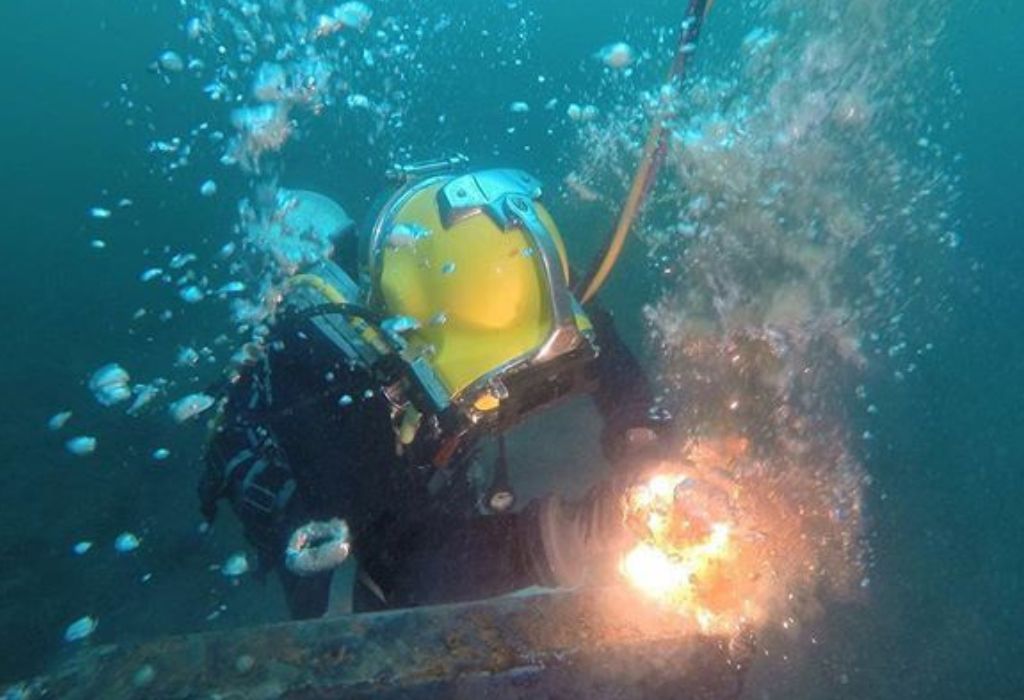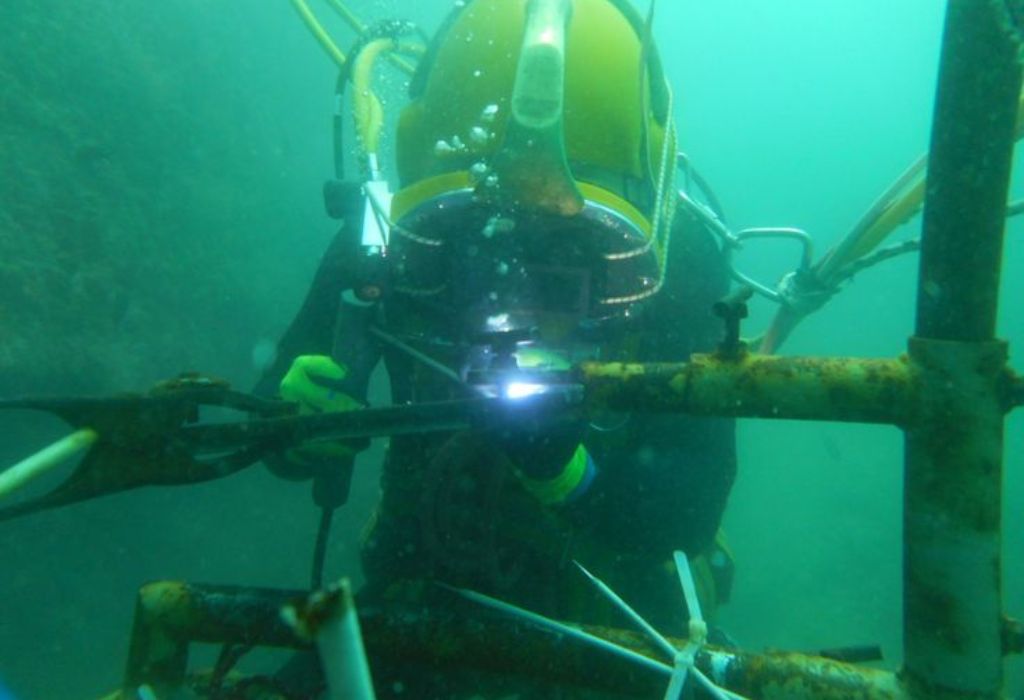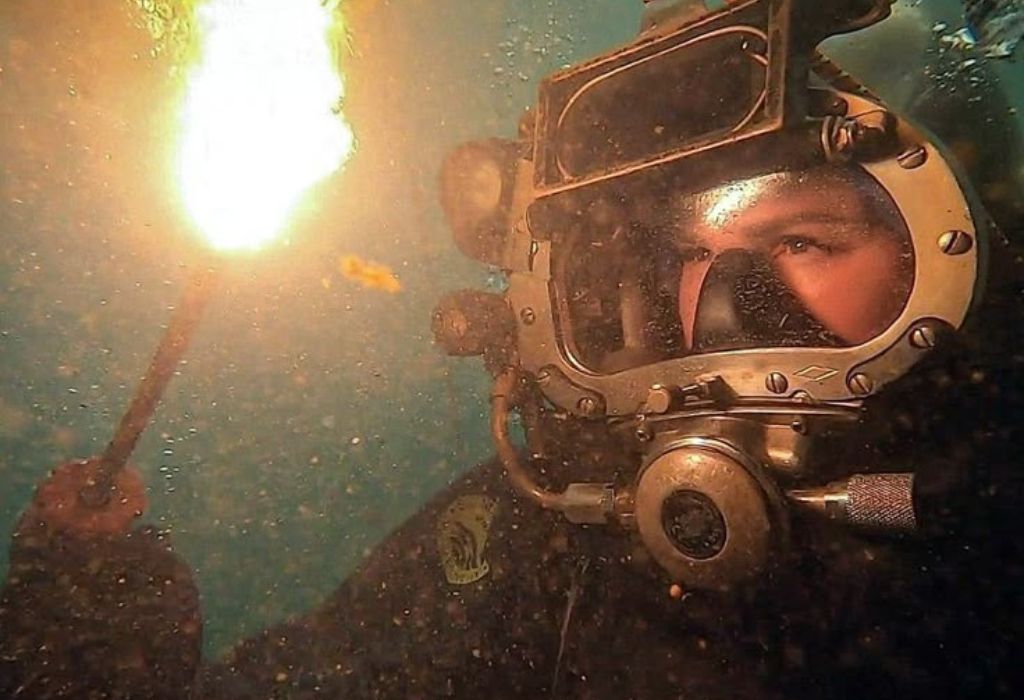The scent of hot metal fills the air as sparks fly across the workshop. A fabricator pauses mid-weld, frustrated as the bead splatters unevenly. The culprit?
The wrong welding machine for the job. It’s a common mistake that costs professionals and hobbyists time, money, and quality.
Understanding what are the three 3 types of welding machine is essential before buying or using any welder. Choosing the correct type determines weld strength, finish, and project success.
According to the American Welding Society (AWS), over 50% of industrial fabrication relies on proper welding machine selection (AWS). That’s how critical this knowledge is.
Whether it’s repairing automotive panels, fabricating structural beams, or crafting stainless furniture, every job demands a specific tool.
In this guide, you’ll discover how MIG, TIG, and Stick welders work, where they excel, and which suits your projects best.
By the end, you’ll not only know what are the three 3 types of welding machine, but also how to match power, process, and precision to every metal you work with.
What Are the Three 3 Types of Welding Machine?

There are three primary types of welding machines: MIG (Metal Inert Gas), TIG (Tungsten Inert Gas), and Stick (Shielded Metal Arc Welding). Each uses different technology, power flow, and skill levels to join metal effectively.
MIG is the easiest for beginners and offers fast, clean results. TIG provides high precision and perfect beads, while Stick is rugged, affordable, and works in nearly any outdoor condition. Together, they cover almost every welding application from auto repair to industrial steel construction.
Which welder is easiest for beginners?
MIG welding machines are beginner-friendly due to automatic wire feed and stable arcs.
Which welder gives the cleanest results?
TIG machines produce the most refined welds with minimal spatter or cleanup.
Which is best for outdoor work?
Stick welders handle wind, rust, and dirty metal effectively.
Can one machine do all three?
Yes. Multiprocess inverters can handle MIG, TIG, and Stick functions in a single unit.
Do all three welders use shielding gas?
Only MIG and TIG require shielding gas. Stick uses flux-coated rods that create their own protection.
MIG Welding Machines (GMAW): Speed and Convenience
MIG welders feed a continuous wire through a gun while shielding gas protects the molten weld. This process is fast, clean, and ideal for beginners or production lines. It’s widely used in automotive, fabrication, and household projects.
The simplicity of pull-the-trigger operation makes MIG the go-to choice for high-volume welding. It’s versatile enough for steel, stainless steel, and aluminum, provided the right wire and gas are used.
What gas is used for MIG welding?
A common mix is 75% argon and 25% carbon dioxide for mild steel.
Can MIG weld aluminum?
Yes, with a spool gun or special liner that prevents wire tangling.
What wire size is best for car repairs?
A 0.023-inch wire offers smooth control on thin sheet metal.
Does flux-cored MIG need gas?
No, flux-cored wire has built-in shielding, perfect for outdoor or windy conditions.
What is the main advantage of MIG?
It delivers speed, consistency, and minimal post-weld cleaning.
TIG Welding Machines (GTAW): Precision and Control
TIG welders use a non-consumable tungsten electrode and separate filler rod to create clean, beautiful welds. It’s the top choice for jobs requiring aesthetics and accuracy—like stainless steel furniture, bike frames, and aerospace components.
Because TIG uses a foot pedal or fingertip control to adjust heat, the welder can fine-tune every bead. This precision minimizes spatter and produces flawless joints with excellent mechanical strength.
What makes TIG cleaner than other methods?
TIG produces minimal smoke or slag since the arc is shielded by pure argon gas.
Is TIG welding slow?
Yes, but it offers unmatched precision for thin metals and critical joints.
Can TIG weld aluminum?
Yes, AC TIG with balance control is perfect for aluminum and magnesium alloys.
Why is TIG harder to learn?
It requires coordination between torch, filler rod, and foot pedal for consistent results.
What industries use TIG welding most?
Aerospace, automotive restoration, and stainless fabrication.
Stick Welding Machines (SMAW): Power and Durability
Stick welding is the most rugged and portable of the three. It uses a flux-coated electrode that creates a protective gas shield when burned. This process works great outdoors and on rusty or painted metal where other methods fail.
Stick machines are cost-effective and reliable in demanding environments like construction sites, farms, and heavy repair work. They’re less sensitive to weather and surface contaminants, making them ideal for remote or field operations.
What rods are best for general welding?
E6011 or E7018 electrodes are the most commonly used for versatility and strength.
Why is Stick great for outdoor work?
It doesn’t rely on bottled gas, so wind doesn’t disrupt shielding.
Does Stick work on thin metal?
It’s not ideal for thin sheet since the intense arc can burn through.
How strong are Stick welds?
Properly made Stick welds can equal or exceed base metal strength.
Is Stick still used today?
Yes. Despite modern machines, Stick remains a go-to for rugged field jobs.
Power and Performance: Matching Machine to Metal

Each welder’s performance depends on power output, metal type, and material thickness. Choosing the wrong combination can cause weak penetration, warping, or poor bead appearance.
MIG and TIG usually require a steady 120V–240V supply, while Stick machines handle variable voltage better, especially with generator power. The duty cycle—the time a welder can operate continuously—also affects productivity.
Can a 120V MIG weld thick steel?
Not efficiently. For 1/4-inch or thicker material, a 240V welder is recommended.
Why does duty cycle matter?
It defines how long the machine can run before overheating.
Can TIG weld mild steel?
Yes. It can weld all conductive metals, though it’s slower on thick steel.
Which welding process penetrates deepest?
Stick and MIG both offer strong penetration, depending on amperage and technique.
How does polarity affect welding?
Electrode-positive provides deeper penetration, while electrode-negative gives smoother beads.
Inverter vs Transformer Welders: What’s the Difference?
Modern inverter welders are smaller, lighter, and more energy-efficient than old transformer models. They use advanced electronics to deliver precise arc control and smart features like pulse settings.
Transformers, on the other hand, are bulkier but nearly indestructible—perfect for workshops needing long-term durability.
Why are inverters popular?
They provide stable arcs, portability, and energy efficiency.
Are transformers outdated?
No. They remain reliable for heavy industrial use.
Can inverters run on generators?
Most can, but check manufacturer specs for clean power requirements.
Which lasts longer?
Transformers tend to outlast electronics-based inverters with less maintenance.
Do inverters offer more features?
Yes. Pulse control, arc force, and digital readouts are common in inverter models.
Shielding Gas and Consumables: The Hidden Cost
Shielding gas protects the weld pool from oxygen and moisture that cause porosity and weak joints. Consumables—like electrodes, tips, and wire—play a big role in weld quality and ongoing costs.
Gas choice depends on metal type. For example, argon suits TIG and MIG on aluminum, while CO₂ is economical for steel. Flux-cored wires or Stick electrodes eliminate the need for gas altogether.
Is pure CO₂ good for MIG?
Yes, it’s cheaper but creates more spatter than argon mixes.
Which gas works for TIG?
Pure argon covers nearly all TIG applications.
How long does a gas cylinder last?
That depends on flow rate—typically 6–10 hours of continuous use.
Why store rods properly?
Moisture ruins flux and leads to weld defects.
Are consumables expensive?
Over time, they can exceed the initial machine cost if not managed carefully.
Safety and Training: The First Investment
No matter the machine, welding safety and training are non-negotiable. Every operator must understand arc control, grounding, and PPE use to prevent burns, shocks, and eye injuries.
According to OSHA, proper safety gear reduces welding-related injuries by more than 60% (OSHA). Helmets with auto-darkening filters, gloves, jackets, and fume extraction are must-haves for both pros and beginners.
Do all welders need certification?
Professional welders often require AWS or trade certifications.
What PPE is mandatory?
Helmet, gloves, apron, boots, and respiratory protection for confined spaces.
Can welding fumes be toxic?
Yes. Always ensure proper ventilation or use local fume extraction.
Is training worth the cost?
Absolutely. It improves safety, consistency, and efficiency long-term.
Do inverter welders need different safety gear?
No. The same precautions apply regardless of machine type.
Choosing the Right Welding Machine for You

Selecting between MIG, TIG, and Stick depends on your skill level, metal type, and project environment. MIG wins for simplicity, TIG for beauty and precision, and Stick for outdoor resilience.
Consider machine power (120V vs 240V), metal thickness, portability, and budget before buying. Multiprocess inverters offer flexibility if you tackle varied projects.
Best for beginners?
MIG is easiest to learn and produces quick, strong welds.
Best for stainless and aluminum?
TIG ensures clean, professional results.
Best for outdoor work or thick steel?
Stick welding dominates in rugged, high-power conditions.
Most cost-effective overall?
Stick welders have low startup and maintenance costs.
Which suits workshops?
MIG or TIG inverters work best for consistent indoor production.
Future Trends: Smart, Compact, and Connected
The next generation of welding machines focuses on automation and digital precision. Compact inverters now include AI-powered synergic controls, auto settings, and even Bluetooth connectivity.
Manufacturers are also exploring battery-powered welders for fieldwork, while robotic welding continues to grow in automotive and aerospace sectors. These trends make welding safer, more efficient, and accessible for all skill levels.
Will AI replace welders?
Not yet. Automation assists, but human judgment remains essential.
What’s synergic MIG?
It automatically adjusts voltage and wire speed for optimal performance.
Are cordless welders real?
Yes, battery-powered units are emerging for light-duty tasks.
Do smart welders need the internet?
No, but connectivity helps with diagnostics and performance tracking.
How fast is welding tech growing?
Analysts predict over 5% annual industry growth through 2030 (Grand View Research).
Conclusion
The answer to what are the three 3 types of welding machine is simple but powerful. MIG, TIG, and Stick each offer unique strengths, suited to different projects, metals, and skill levels.
MIG is fast and user-friendly. TIG is artistic and precise. Stick is rugged and dependable. The best welder is the one that matches your needs, budget, and environment.
Understanding how each works helps you weld smarter, safer, and more efficiently. Whether you’re fixing farm gates, building custom furniture, or fabricating industrial frames, mastering these three machines is the foundation of every strong, lasting weld.
So before striking your next arc, remember — the right machine isn’t just a tool. It’s your key to perfect craftsmanship beneath the sparks.

I’m Darrell Julian, the founder, lead writer, and hands-on welding enthusiast behind ArcWeldingPro.com. With more than 15 years of real-world welding experience, I created this platform to share what I’ve learned in the field, in the shop, and in the heat of the arc.


